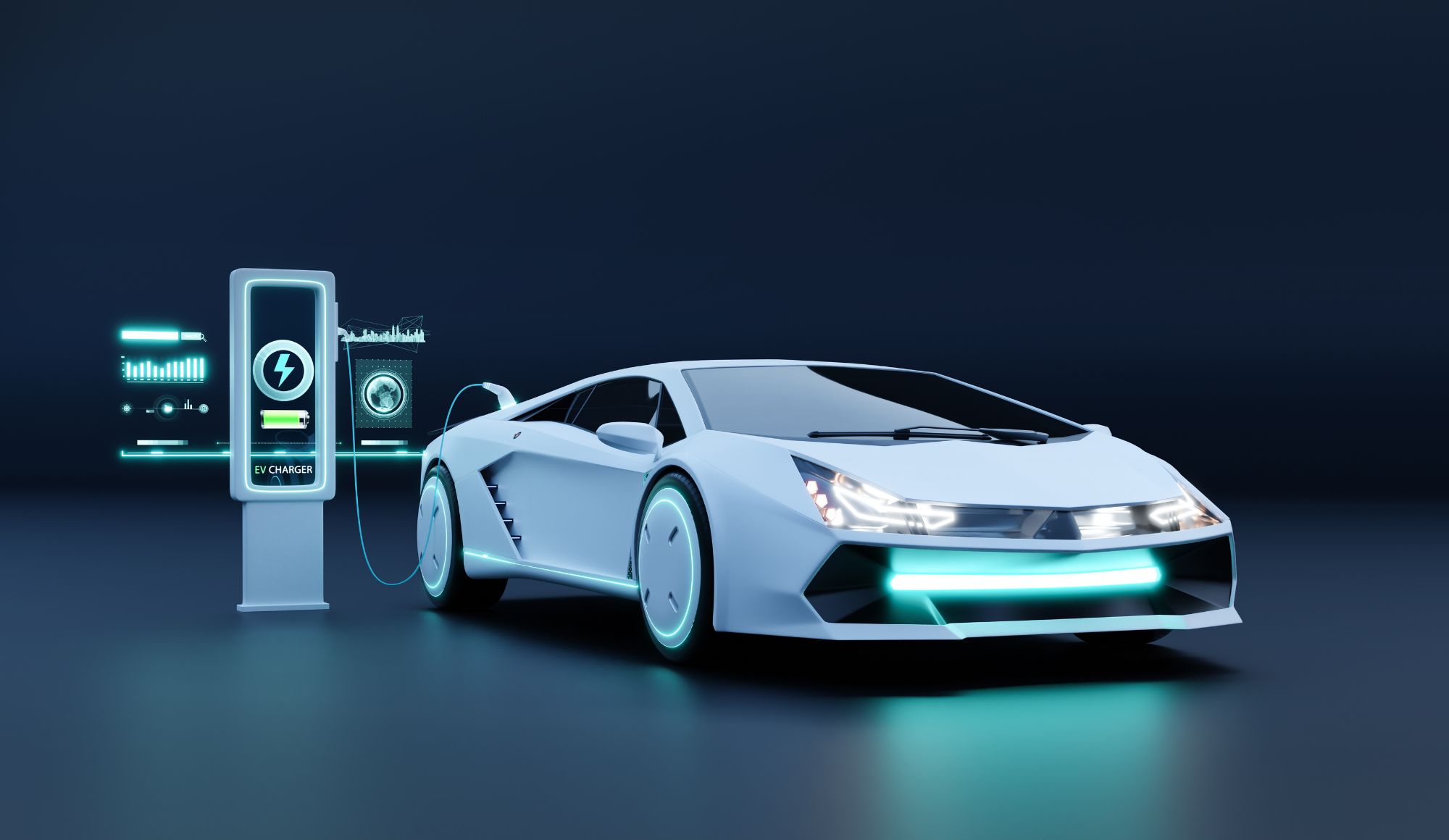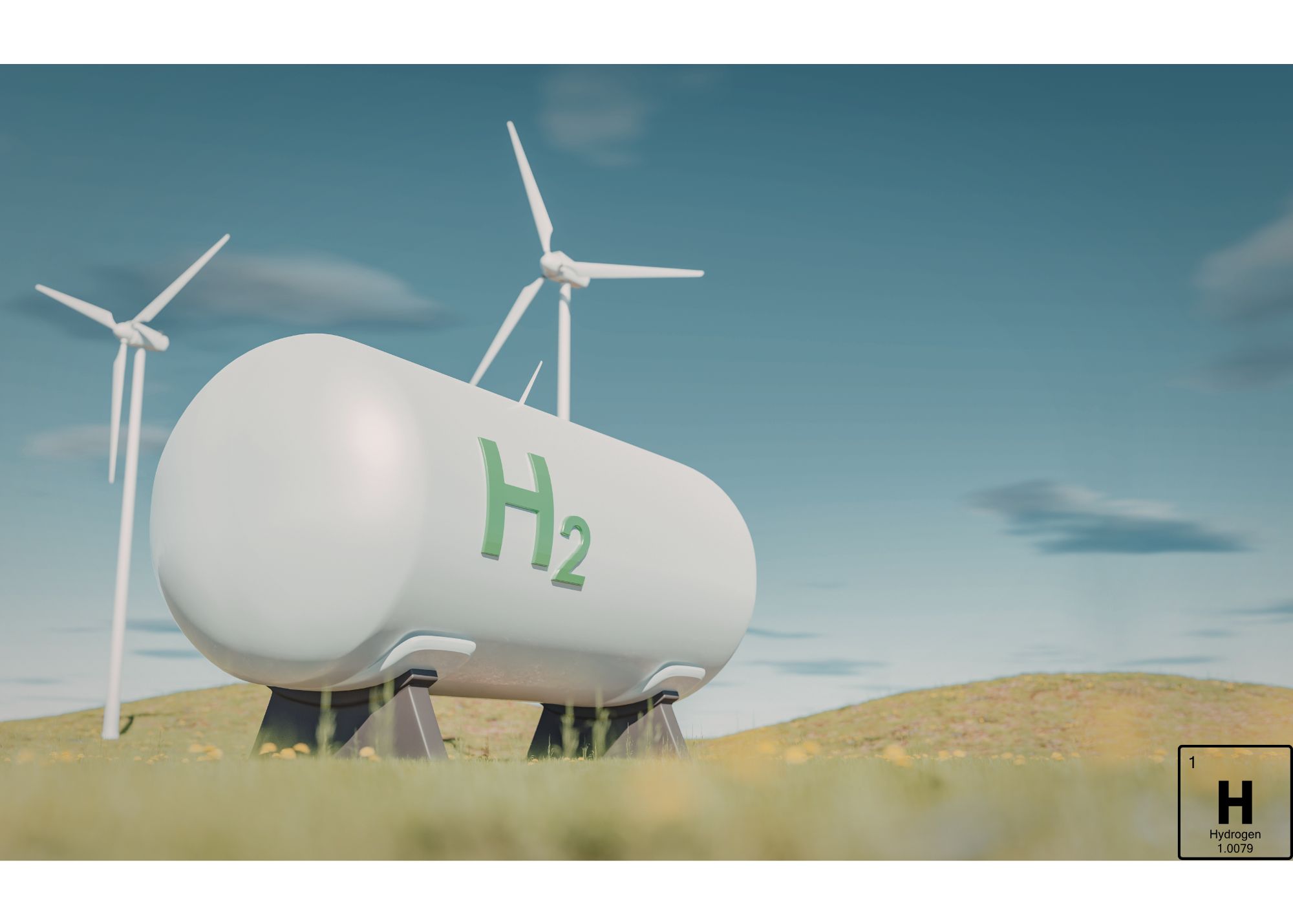Which EV Stock Is Best?
Since the EV market still has a long way to go and the dynamics are evolving with each passing day, we examine Tesla and Rivian Automotive to see which one has the potential to deliver higher returns.
The pent-up demand for vehicles has created a resurgence in the global automobile market. According to projections from S&P Global Mobility, worldwide light vehicle sales reached 86 million units by 2023, reflecting an 8.9% rise from the prior year. In 2024, this figure is forecasted to reach 88.30 million units, indicating a modest 2.8% year-over-year improvement.
Battery-electric passenger vehicles are expected to account for 16.2% of all passenger car sales this year, compared to 12% in 2023. While EVs are expected to capture a larger share of the automobile market, cost issues persist, as does the challenge of finding consumers who actually want to buy them despite their high price tags.
Against this backdrop, which EV stock should investors buy?
Key Points
- Tesla has been a market leader for some time but has started a price war due to competitive threats, especially in China.
- Rivian has enjoyed massive growth since coming public, but faces profitability challenges.
- The competition between Tesla and Rivian remains a David vs Goliath war for the younger firm.
The Market Leader
Tesla burst into the automobile industry as a disruptor. A market that was already saturated with big players saw the rise of another. After the launch of its Roadster model in 2008, the company released its flagship Model S in 2012, which gained much attention in the automobile market. Since then, Tesla has seen an unprecedented rise with a market capitalization exceeding $550 billion.
While Tesla enjoys a leadership position in the EV industry, quite a few EV companies have cropped up in recent years. To stay ahead of the competition, Tesla has started a price war, slashing the prices of its models for quite some time.
Although a key market, China remains a trouble spot for Tesla. The company’s sales are slumping in the country. According to the China Passenger Car Association, in February, Tesla sales have been declining 19% year-over-year. Recently, the company also faced a shutdown at its Berlin factory after a suspected arson.
China has also been the epicenter of Tesla’s ‘price war.’ Tesla has announced new incentives to attract customers and gain an advantage over rivals in the Chinese EV market, such as BYD Company Limited (OTC:BYDDY). After cutting prices for its Model 3 and Model Y offerings in January, the company announced that customers would get a maximum of 34,600 yuan ($4,806.15) in incentives.
This price war has also affected Tesla’s margins. In 2023, total automotive gross margin stood at 19.4%, compared to 28.5% in 2022 and 29.3% in 2021. However, the company’s top line does not show signs of a decline as yearly production and deliveries continue to grow.
In 2021, Tesla delivered 936,222 vehicles. This figure grew 40% to 1,313,851 vehicles in 2022 and 1,808,581 in 2023, registering a 38% year-over-year growth. Subsequently, total automotive revenues increased by 51.3% from $47.23 billion in 2021 to $71.46 billion in 2022. In 2023, they came in at $82.42 billion, rising by 15.3% from the prior year.
This year, Tesla plans to ramp up the production and deliveries of its newly-launched Cybertruck. Additionally, the company ended 2023 with $29.09 billion in cash, cash equivalents, and investments. With sufficient liquidity, Tesla is expected to bolster its capacity. However, the company also anticipates lower vehicle volume growth than last year as it focuses on the launch of its next-gen vehicle Gigafactory.
The Challenger
Rivian manufactures EVs that can track rough terrain. Its flagship offering is the R1T pickup truck, while its portfolio also includes the R1S all-electric SUV. The company went public in a massive IPO in 2021, offering 153 million common stock at $78 per share. It also has the backing of Amazon.com, Inc.(NASDAQ:AMZN).
Although Rivian remains committed to delivering 100,000 electric delivery vehicles (EDV) to the road for Amazon late last year, it enabled other companies to buy its custom-designed Rivian Commercial Van (RCV).
Since going public, the company has significantly increased its production and deliveries. In 2021, it produced 1,015 vehicles, while 920 vehicles were delivered. In 2022, it produced 24,337 vehicles and delivered 20,332. After this stellar growth, the company put forth an ambitious aim of more than doubling production to 50,000 the following year.
As 2023 progressed, it increased this projection to 54,000, which it was able to surpass with 57,232 produced vehicles and 50,122 delivered. Hence, the company’s scaling has been impressive.
However, the rosy picture ends here. Although Rivian’s revenue grew from $55 million in 2021 to $1.66 billion in 2022 and $4.43 billion in 2023, it has yet to post a profit. Although there is some improvement from the prior year, in 2023, Rivian posted a massive net loss of $5.43 billion.
In addition, the stellar production growth is expected to slow, with only 57,000 vehicles expected in 2024, which might adversely affect its already-downtrodden profitability scenario.
In addition, Rivian is set to cut 10% of its workforce as the company awaits factory upgrades and the reveal of its new EV model, R2, on March 7. Moreover, following the Tesla-initiated price war, it has cut prices of its existing R1T pickup trucks and R1S SUVs by $3,100.
Which EV Maker Is The Better Bet?
Macroeconomic factors, such as high interest rates, are keeping the auto industry in its grip, notwithstanding other challenges that pose a threat to the EV industry, including high prices and lack of sufficient charging infrastructure.
However, Tesla, the undisputed market leader, and Rivian have both made a name for themselves in a market with significant upside potential.
Rivian, a promising startup, has managed to make a name for itself with rapidly rising rollouts but this has yet to be reflected in the company’s bottom line. Moreover, the stock has a 52-week high of $28.06, which looks dismal compared to its IPO price.
On the other hand, while Tesla faces issues with its sales in China and dropping margins, the company’s wide moat (operations in energy generation and automotive leasing, alongside other services) supports its overall profitability. As a result, the industry leader might be a better choice over Rivian at the moment.



